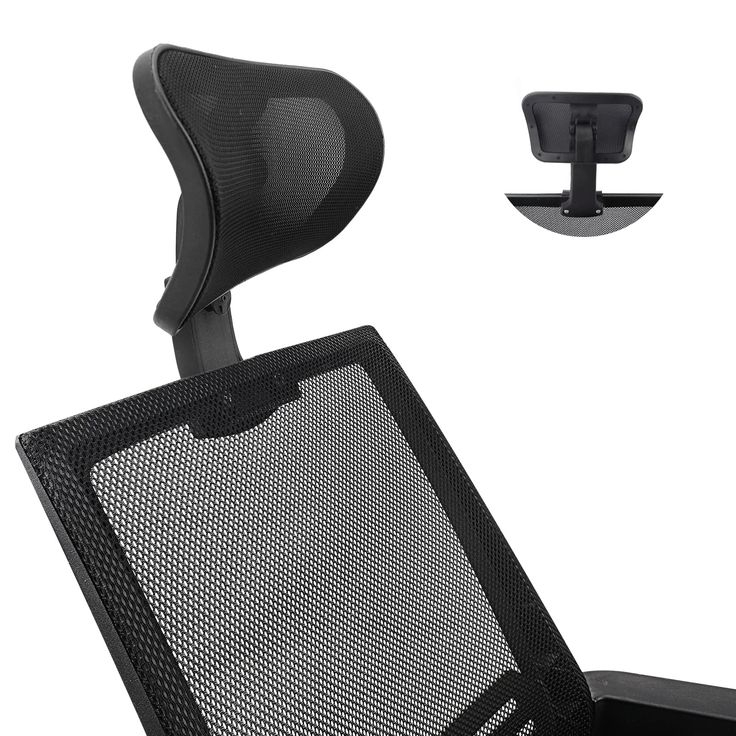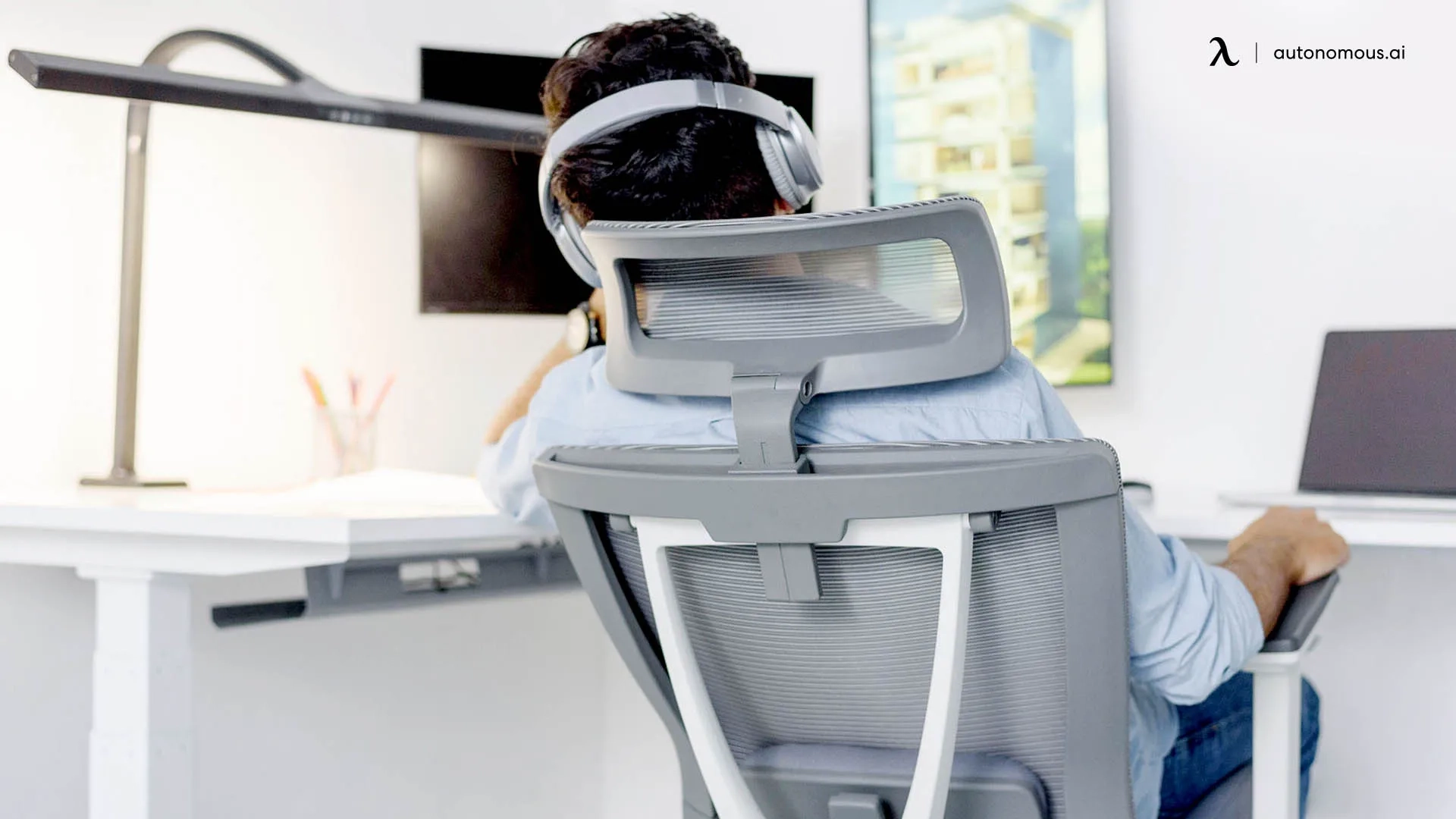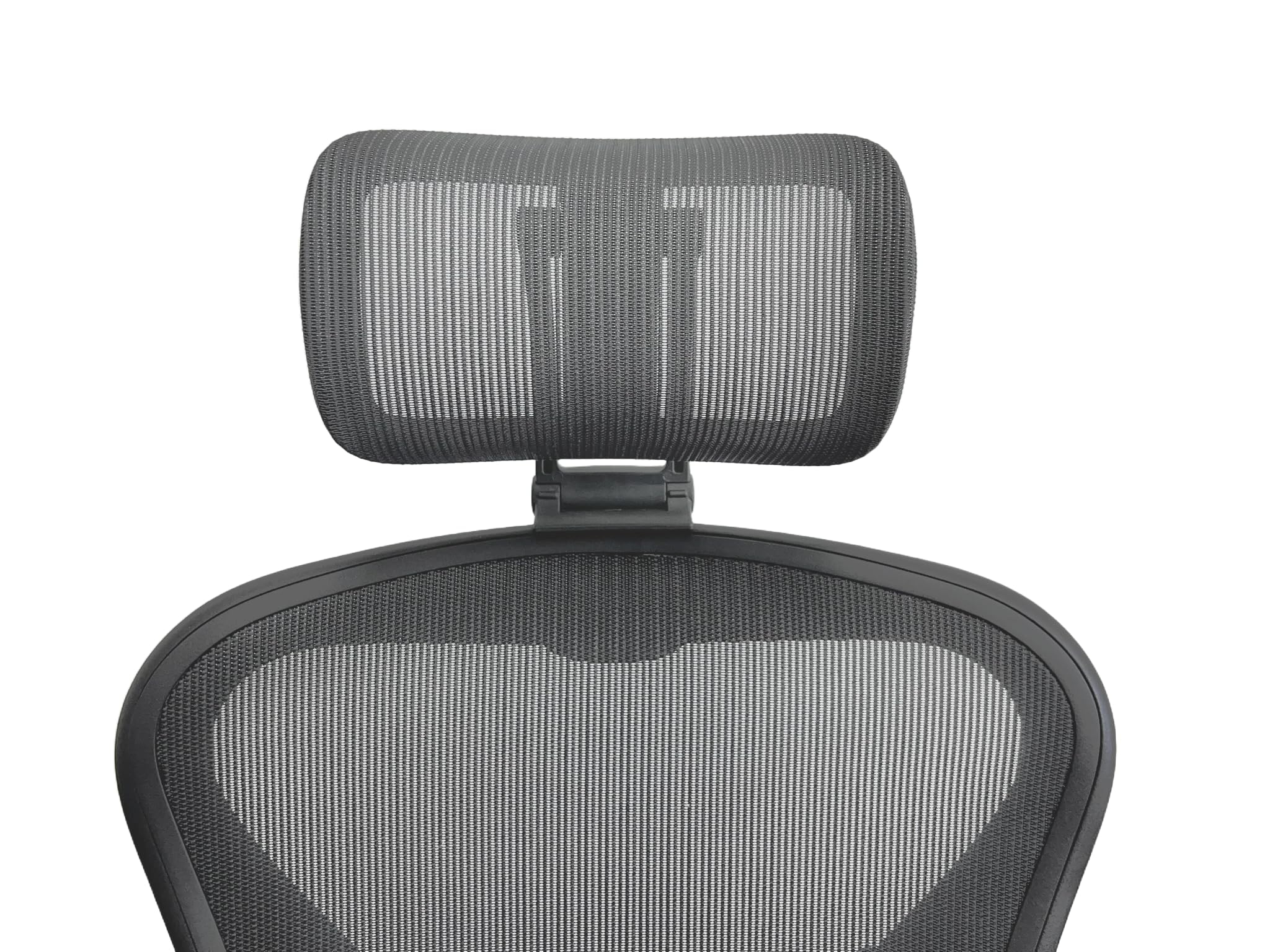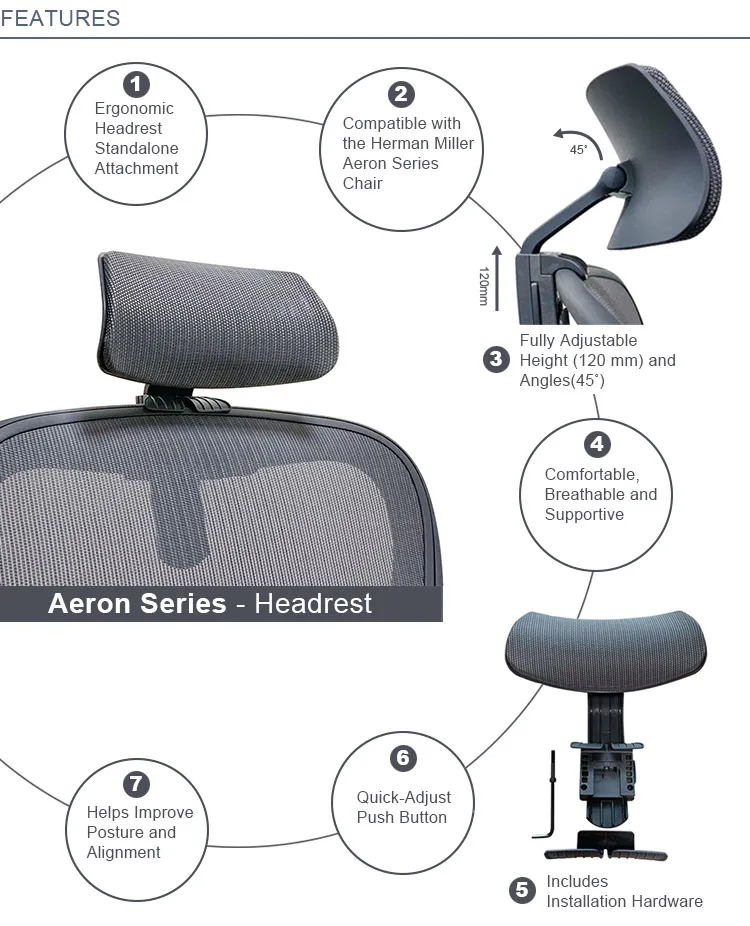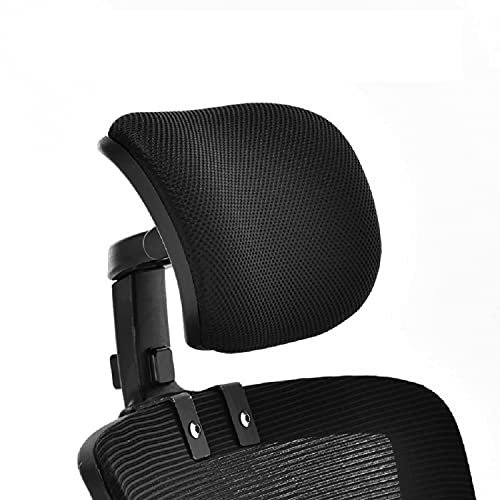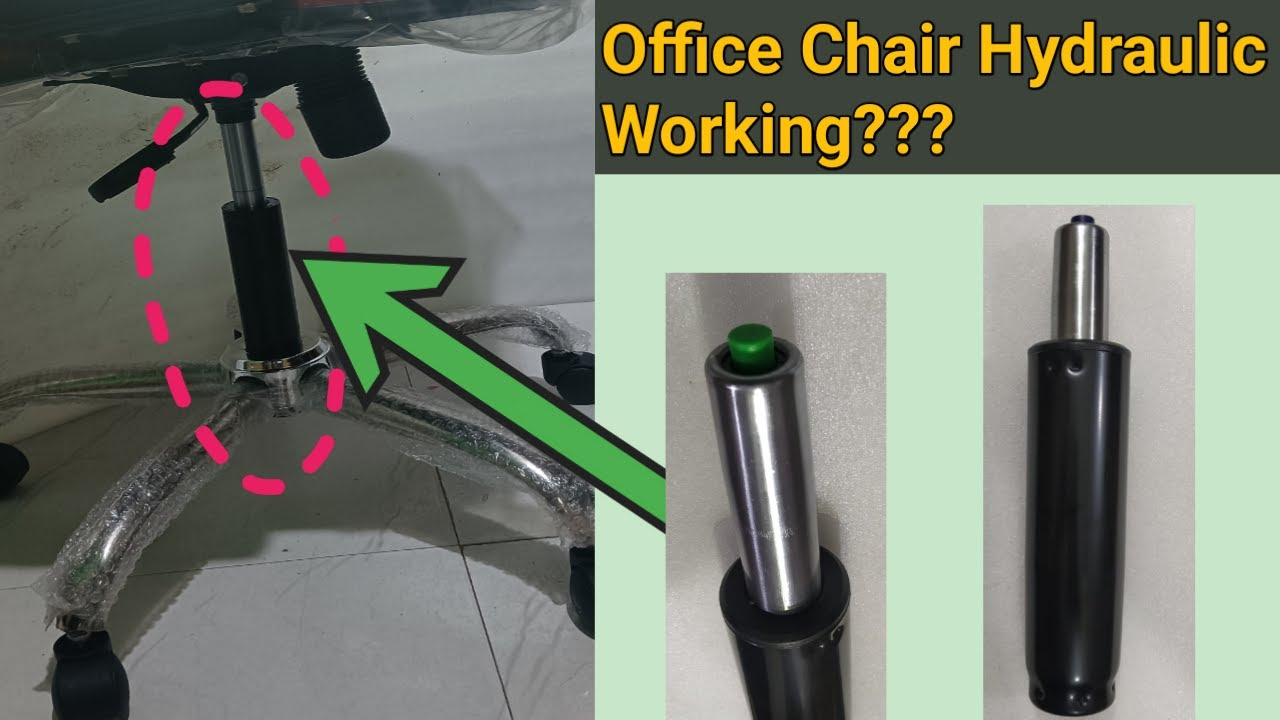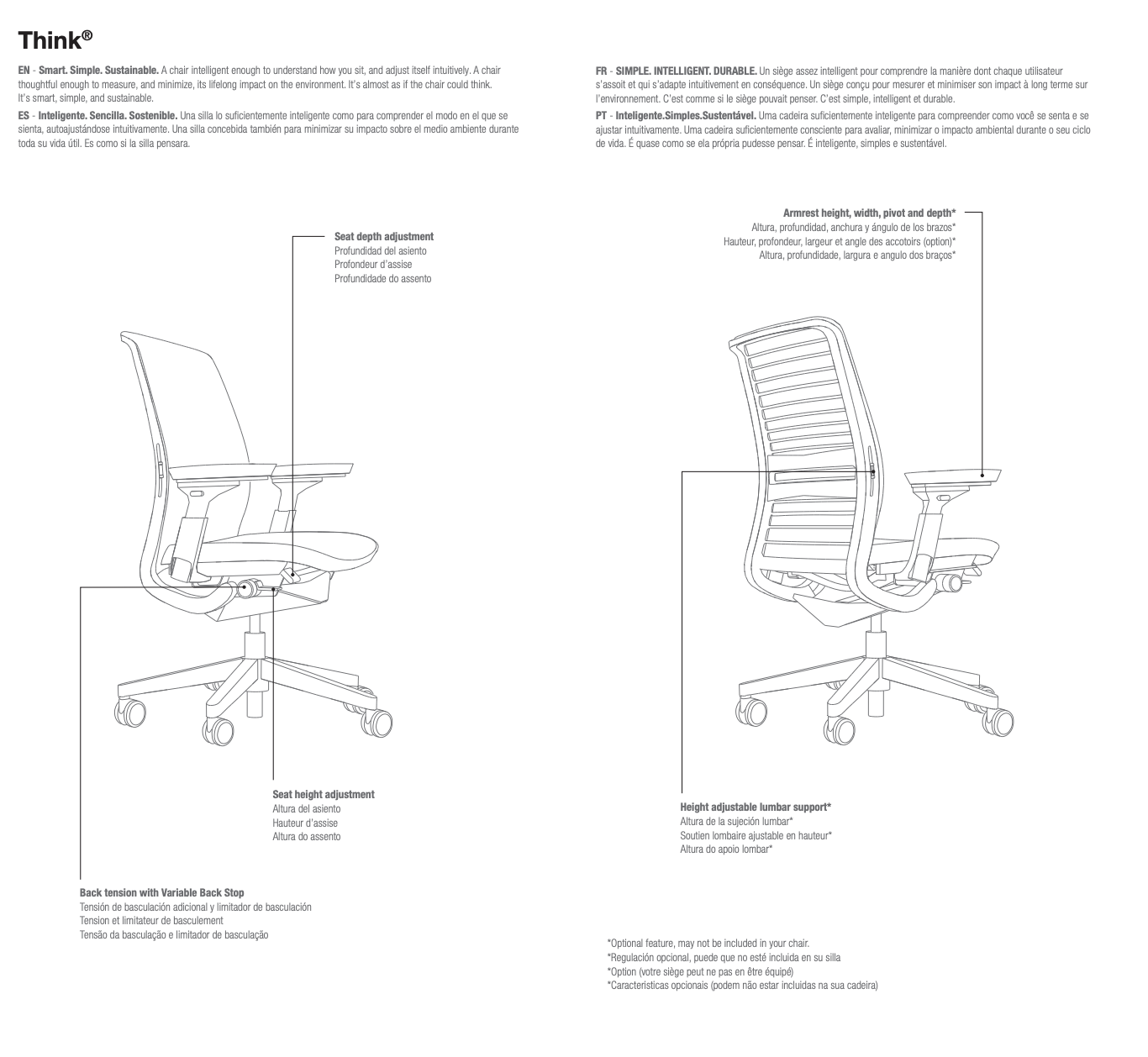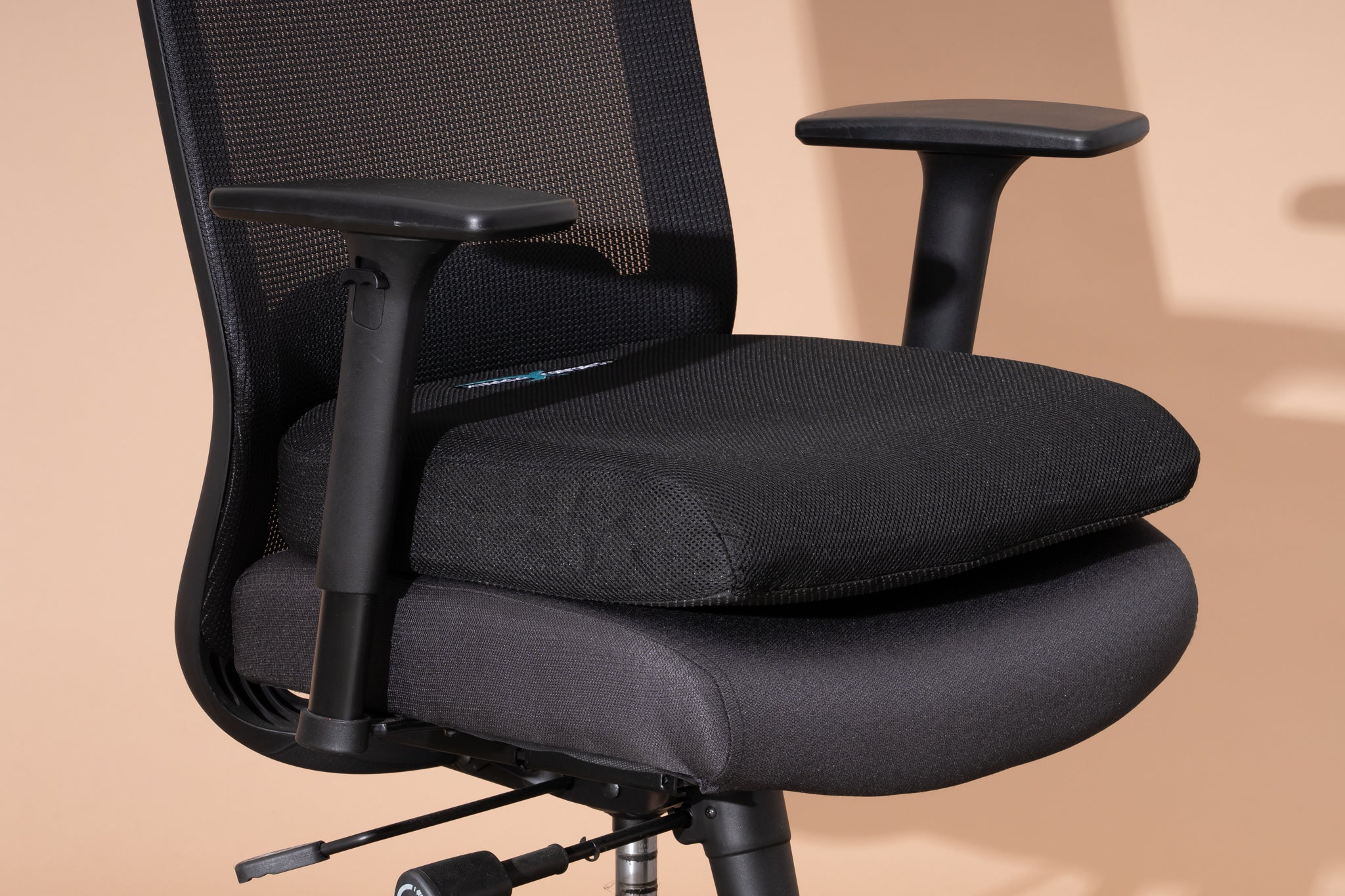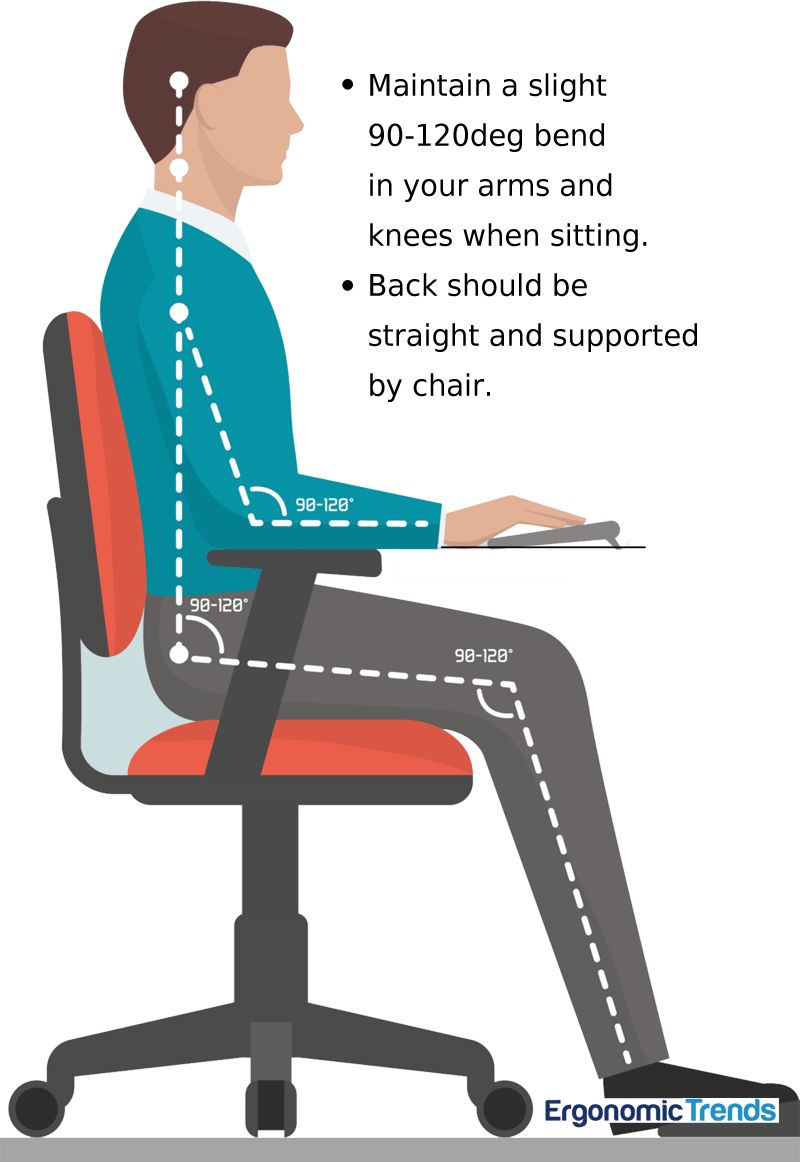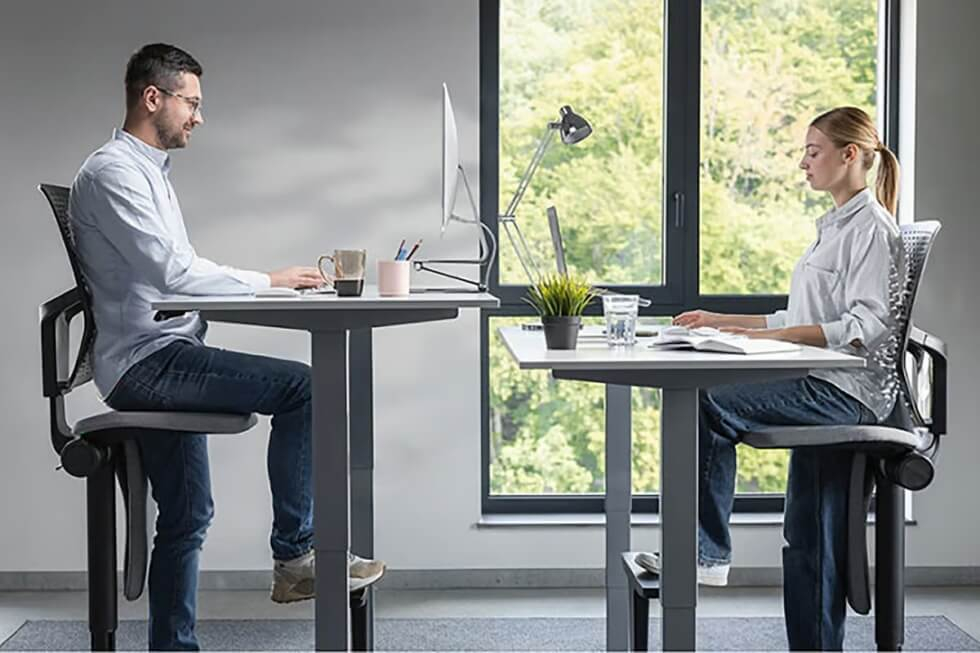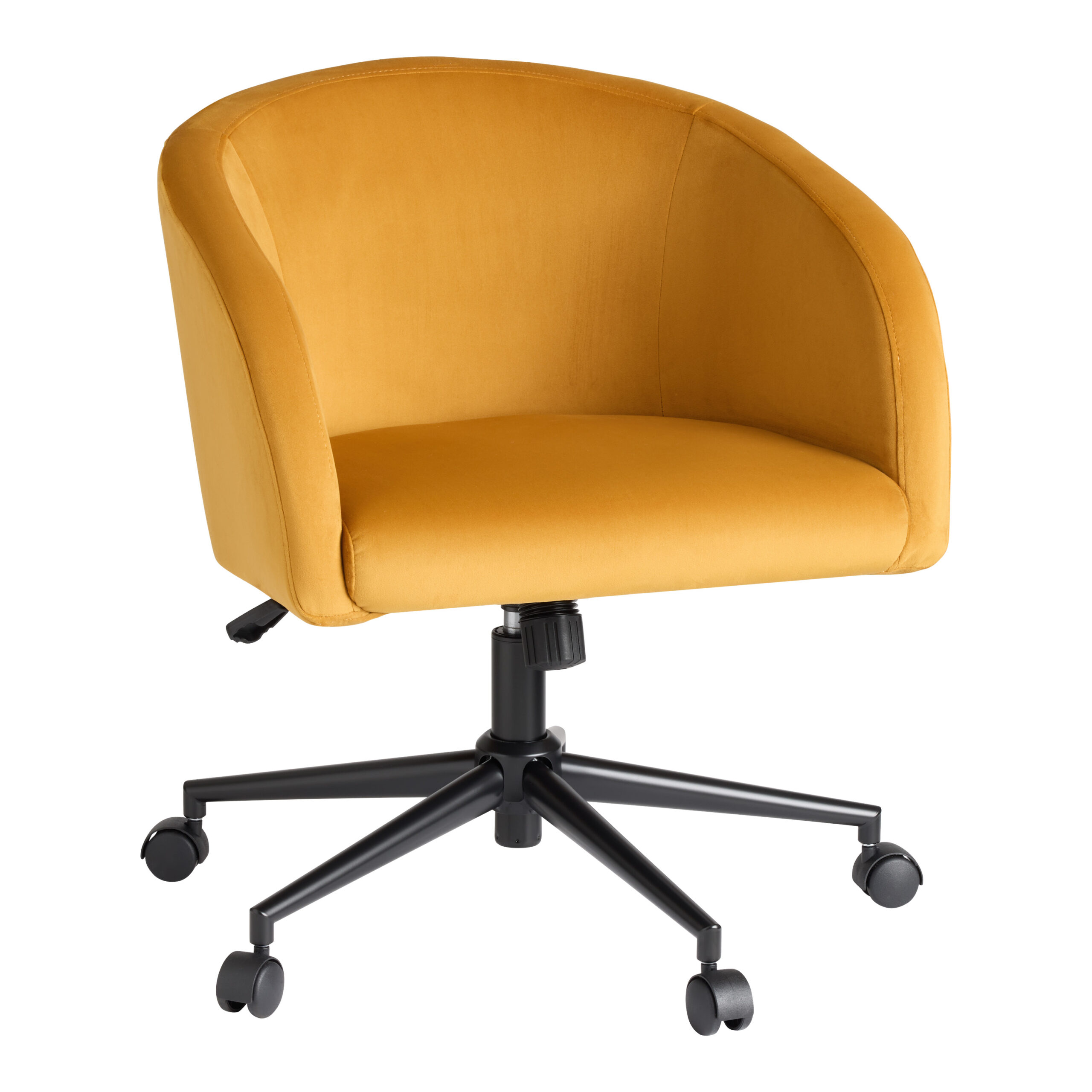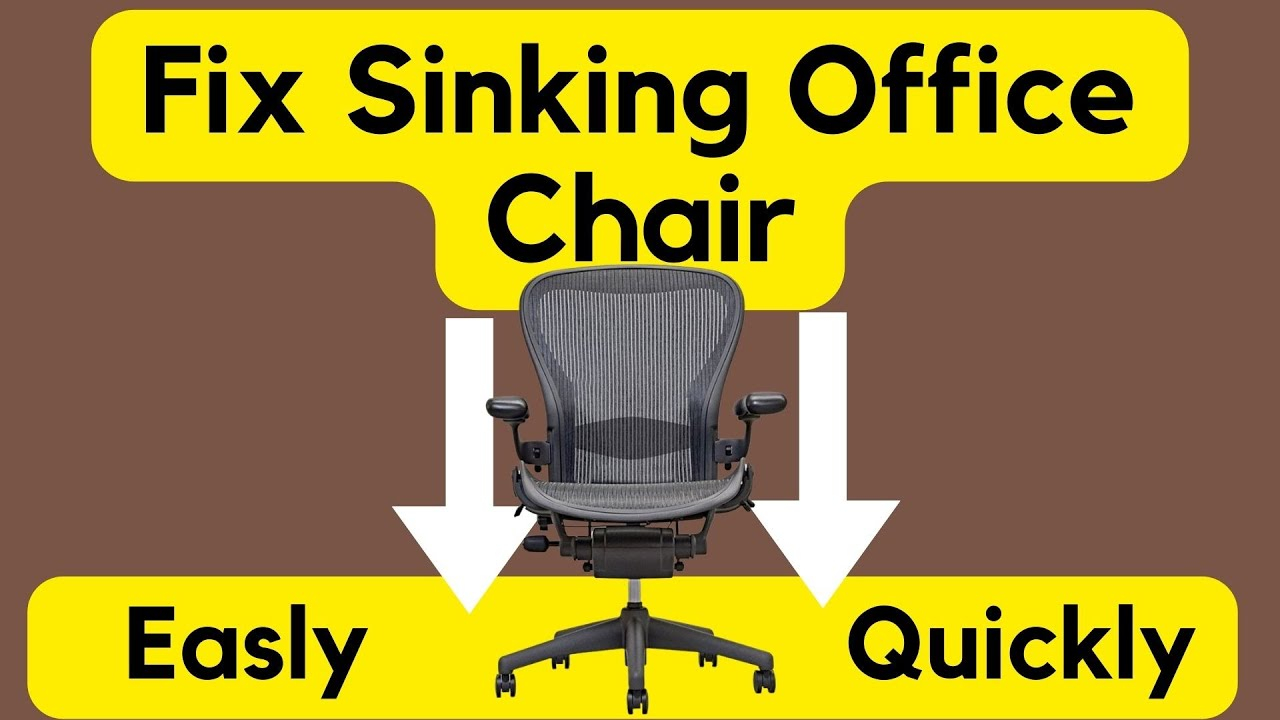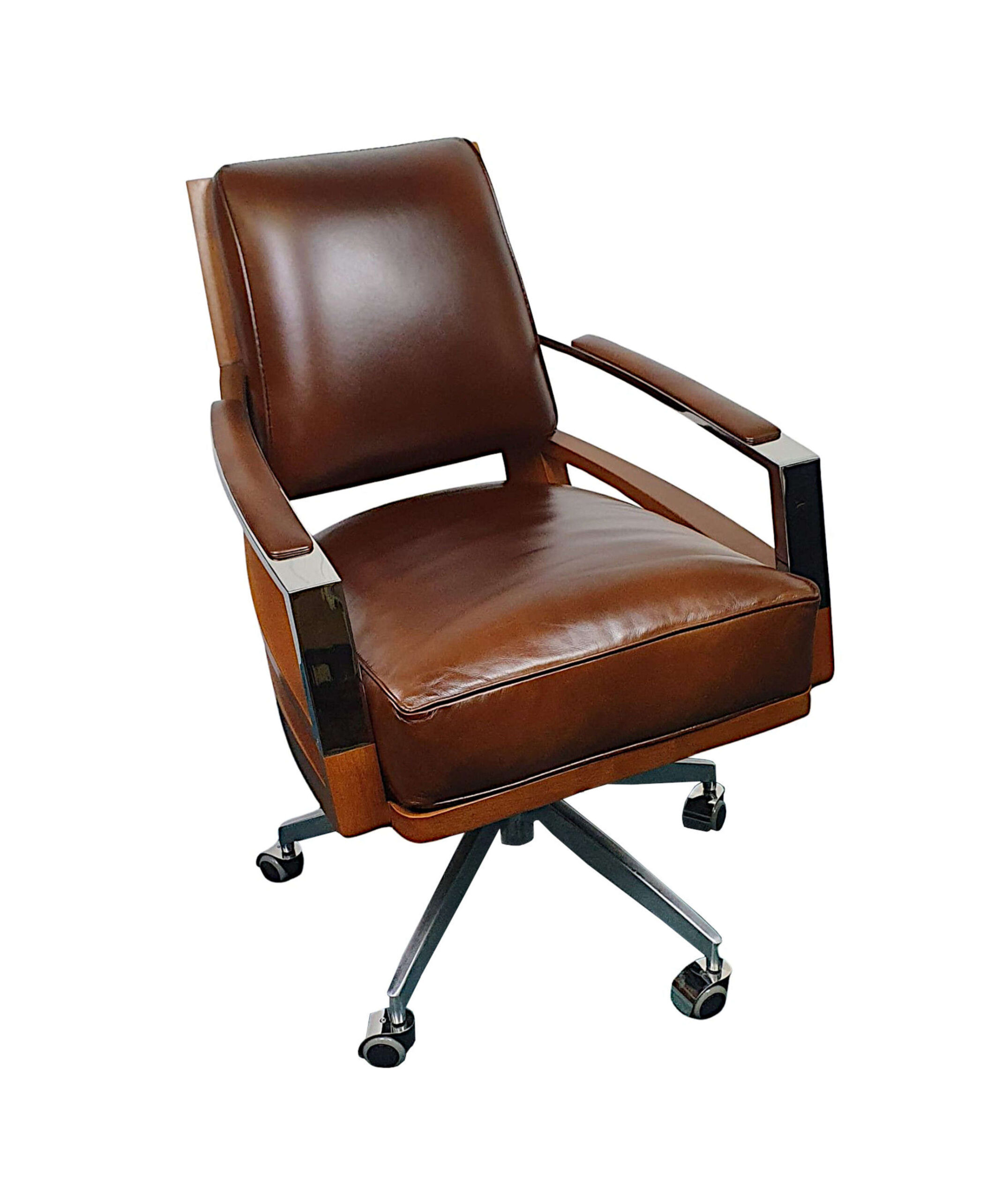We’ve all been there, right? That nagging discomfort, the feeling that something’s just not quite right with your seating arrangement. Often, the culprit is hiding in plain sight: the headrest. But what if I told you that the way your headrest connects, or attaches, is the secret sauce to true comfort and support? This isn’t just about slapping a pillow on, oh no. This is about understanding the intricate world of headrest attachments and how to find the perfect fit for you. Let’s dive deep, shall we?
When we think about comfort in chairs, cars, or even beds, our minds often jump to cushioning or ergonomics. But the connection point – how the headrest actually secures itself – is a critical, yet frequently overlooked, element. A poorly designed or incompatible attachment can lead to wobbling, slippage, and ultimately, a lack of the very support it’s meant to provide. It’s like building a house on a shaky foundation; no matter how nice the furniture inside, the structure itself is compromised. So, understanding these attachments isn’t just a technicality; it’s fundamental to achieving genuine, lasting comfort and proper posture. Consider this your guide to moving beyond the basics and into the realm of truly effective headrest solutions.
Understanding the Core Attachment Mechanisms
At its heart, a headrest attachment is about securement. But how does it achieve this? There are a few common ways headrests connect to their base. You’ll often find clip-on systems, which are pretty straightforward. Think of them as sturdy clips that grip onto the existing headrest posts or the chair frame. They’re generally easy to install and remove, making them quite versatile. Then there are strap-based attachments. These use adjustable straps, often with buckles or Velcro, to wrap around and secure the headrest. These can be particularly good for irregular shapes or when you need a bit more flexibility in placement. Another common method is adjustable brackets. These are more integrated, often screwing into place or using a tension mechanism to hold firm. They offer a more permanent and stable feel, but might require a bit more effort to set up. Each has its pros and cons, depending on what you’re attaching it to and how much adjustability you need. It’s all about finding the mechanism that best suits your specific situation and provides that snug, reliable hold.
The Material World: What Your Attachment is Made Of
The materials used in headrest attachments play a huge role in their durability and how well they perform. You’ll see a lot of heavy-duty plastics, which are great because they’re lightweight and can be molded into various shapes. However, cheaper plastics can become brittle over time, especially with exposure to sunlight or extreme temperatures. Then there’s metal, often used in brackets or clips. Metal attachments are typically very robust and offer excellent longevity, but they can add a bit of weight and might be less forgiving if dropped. Fabric straps, usually made from nylon or polyester, are strong and flexible. The quality of the stitching and the type of fastener (buckle, Velcro, etc.) are also crucial here. A well-made fabric strap can last for ages, while a poorly constructed one might fray or tear. When evaluating an attachment, think about where it will be used and what kind of stress it will endure. Is it going into a car that gets baked in the sun? Or a home office chair that sees daily use? The material choice really does make a difference.
Compatibility is Key: Matching Attachment to Furniture
This is where things can get a little tricky, but it’s absolutely essential. Not all headrest attachments are universal. The most common point of confusion is with car headrests. Many aftermarket headrests are designed to fit standard-sized headrest posts, but if your car has a unique design, you might run into issues. Always measure the diameter of your headrest posts and the distance between them before you buy. For office chairs, the attachment might need to grip onto the chair’s backrest itself, or perhaps the existing headrest stem. Some attachments are designed for specific chair models, while others aim for broader compatibility. Reading product descriptions carefully and checking customer reviews for compatibility experiences is your best bet. Don’t be afraid to reach out to the manufacturer if you’re unsure. A little bit of research upfront can save you a lot of frustration down the line. It’s all about that snug, secure fit that doesn’t slip or slide.
Adjustability and Ergonomics: Fine-Tuning Your Comfort
Once you’ve got a secure attachment, the next big question is: how well does it allow you to adjust the headrest itself? Some attachments are fixed, meaning once it’s on, that’s where it stays. Others offer a degree of height and angle adjustment. This is where true ergonomic bliss can be found. Being able to tweak the position of your headrest to perfectly cradle your neck and support your head is a game-changer. Look for attachments that allow for multiple positions or a smooth, continuous adjustment. Think about how you sit – do you prefer to lean back deeply, or sit more upright? Your preferred posture will influence the kind of adjustability you need. A headrest that’s just a bit too high or too low can be just as uncomfortable as a wobbly one. Fine-tuning these details is what elevates a basic setup into a truly supportive and comfortable experience.
Common Pitfalls to Avoid
Let’s talk about what can go wrong, so you can steer clear. One of the biggest mistakes is assuming universality. Just because it’s a headrest attachment doesn’t mean it fits everything. Always double-check measurements and compatibility. Another common issue is underestimating material quality. A cheap plastic clip might seem like a good deal, but if it snaps after a few months, was it really a bargain? Pay attention to user reviews that mention durability. Over-tightening can also be a problem, especially with plastic components, as it can lead to cracking. Be firm, but don’t force it. Finally, and this is a big one, ignoring the intended use. An attachment designed for a lightweight travel pillow might not hold up well for a heavy, ergonomic headrest in a car. Make sure the attachment is rated for the weight and size of the headrest you plan to use. Avoiding these common missteps will go a long way in finding a solution that truly works for you.
Finding Your Ideal Solution: A Practical Approach
So, how do you put all this knowledge into practice? Start by assessing your current situation. What kind of furniture are you working with? What are the specific dimensions of the posts or frame where the headrest will attach? What kind of headrest are you using, and what’s its weight and size? Once you have this information, you can start researching. Look for attachments with clear specifications and positive reviews focusing on stability and durability. Don’t be afraid to try a couple of different types if your first choice isn’t quite right. Sometimes, the best solution comes from a bit of trial and error. And remember, comfort is subjective. What works perfectly for one person might not be ideal for another. Listen to your body, make adjustments as needed, and prioritize a secure, comfortable fit above all else. The perfect headrest attachment is out there, waiting for you to find it.
It’s clear that the humble headrest attachment is far more significant than it might first appear. By understanding the different types of mechanisms, the importance of materials, the nuances of compatibility, and the power of adjustability, you’re now equipped to make informed decisions. Finding the right headrest attachment is about more than just convenience; it’s about enhancing your comfort, improving your posture, and ensuring that your seating experience is as supportive and enjoyable as it can possibly be. So go forth, explore your options, and discover the difference a perfectly matched attachment can make. Your neck and back will thank you.

